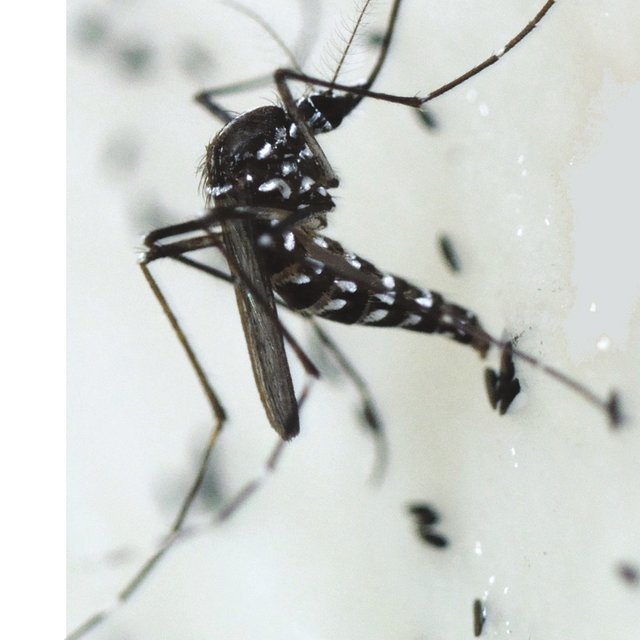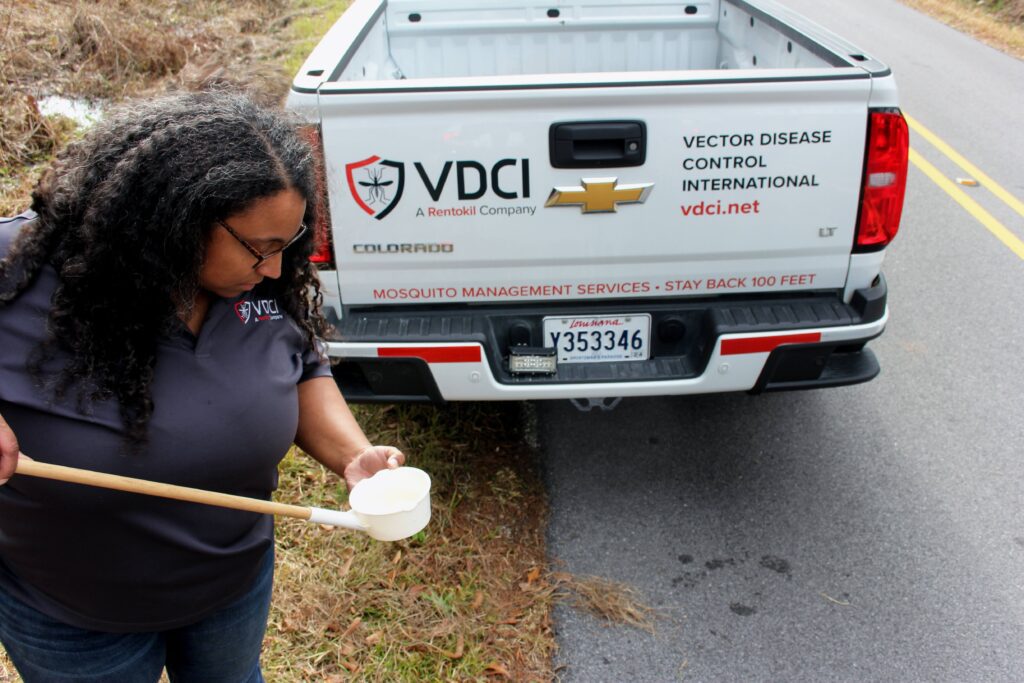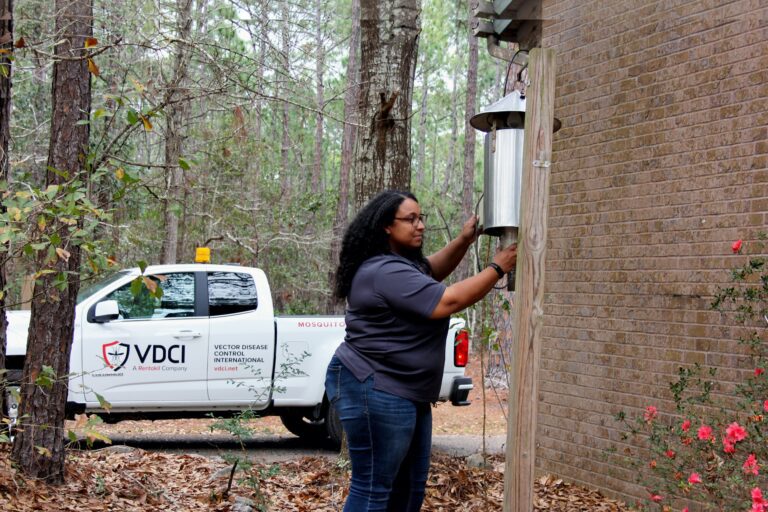Government leaders work hard to maintain health, happiness, and quality of life in their communities. But mosquitoes are an often overlooked threat that can quickly dismantle public well-being – seemingly overnight – by becoming a major nuisance throughout the community while increasing the potential for harmful mosquito-borne diseases. Ongoing professional monitoring and surveillance of mosquito populations are essential to help preserve the safety of citizens and maintain public confidence in decision-makers.
Surveillance should be a pillar of any Integrated Mosquito Management (IMM) program. Without assembling timely information on species distribution, population dynamics, and the presence of disease, it may be difficult to develop a successful management plan that keeps dangerous vectors at bay.
A variety of tools and techniques are used to monitor mosquitoes during their various life stages. Collecting and analyzing data on eggs, larvae/pupae, and adult mosquitoes allows for the most effective population tracking and help inform decision-making for implementing control measures.
1. Mosquito egg surveillance
Egg surveillance is sometimes used to monitor invasive Aedes species such as Aedes aegypti and Aedes albopictus. These species lay individual eggs in cryptic habitats and small containers that can be hard to find.
Small metal, glass or plastic containers called ovitraps are used to attract female mosquitoes to lay their eggs on a substrate (wood, seed germination paper, or cloth) in the trap. Ovitraps are typically deployed in multiple areas of a community that represent different habitat types and are analyzed on a weekly basis. The number of eggs present in a sample can be used to determine the presence/absence of a specific species and provide necessary insights on reproductive trends and behaviors.

2. Immature mosquito larval/pupal surveillance

Larval and pupal surveillance is a critical component of IMM that targets immature mosquitoes in aquatic habitats. Routine surveys of aquatic habitats can help professionals identify the locations where mosquitoes develop and make decisions on whether habitat modification or the application of biological pesticides is the best control strategy.
Larval and pupal surveillance can be accomplished in several ways. Most often, experts use a dip cup (a white cup on a pole) to extract a sample of the water for examination. Dip cups are widely used due to their simplicity and effectiveness in collecting samples from a variety of habitats. However, in narrow spaces that are less accessible to dip cups, a tubular dipper – much like a turkey baster – can be used to navigate between tree root systems, rock pools, and debris.
3. Adult mosquito surveillance

Surveillance of adult mosquitoes is complex and involves a variety of tools including traps, service calls, resting boxes, aspirators, and landing rate counts.
Using multiple trap types in a given area can provide a more accurate assessment of mosquito abundance, physiological status, and species composition. Different traps may be more efficient at collecting mosquitoes in different physiological states, such as host-seeking vs. gravid.
The CDC miniature light trap, which uses CO2 (carbon dioxide) and a fan to capture mosquitoes, is considered the gold standard for adult surveillance as it tends to attract the largest diversity and abundance of species. Correctly identifying mosquitoes to species allows tailored management plans to safely and efficiently reduce the population.
With robust surveillance data on hand, experts are able to optimize the use of highly targeted mosquito larvicides and adulticides by applying precise concentrations in the right areas using the correct equipment. Licensed professionals have access to ULV (ultra-low volume) spray devices, twin-engine aircraft, state-of-the-art drones, and other advanced technologies that facilitate each step of mosquito surveillance and treatment.
When partnering with VDCI, government leaders can demonstrate their commitment to public safety and keep citizens informed about the risks associated with mosquitoes, effective ways to protect themselves and their pets, and key practices to prevent mosquitoes from developing their properties. By working with a company licensed in public health, leaders and decision makers can help keep public spaces safe and accessible for all.
Contact Us to Learn More About Effective Mosquito Prevention Strategies:
 Since 1992, Vector Disease Control International (VDCI) has taken pride in providing municipalities, mosquito abatement districts, industrial sites, planned communities, homeowners associations, and golf courses with the tools they need to run effective mosquito control programs. We are determined to protect the public health of the communities in which we operate. Our mosquito control professionals have over 100 years of combined experience in the field of public health, specifically vector disease control. We strive to provide the most effective and scientifically sound mosquito surveillance and control programs possible based on an Integrated Mosquito Management approach recommended by the American Mosquito Control Association (AMCA) and Centers for Disease Control and Prevention (CDC). VDCI is the only company in the country that can manage all aspects of an integrated mosquito management program, from surveillance to disease testing to aerial application in emergency situations.
Since 1992, Vector Disease Control International (VDCI) has taken pride in providing municipalities, mosquito abatement districts, industrial sites, planned communities, homeowners associations, and golf courses with the tools they need to run effective mosquito control programs. We are determined to protect the public health of the communities in which we operate. Our mosquito control professionals have over 100 years of combined experience in the field of public health, specifically vector disease control. We strive to provide the most effective and scientifically sound mosquito surveillance and control programs possible based on an Integrated Mosquito Management approach recommended by the American Mosquito Control Association (AMCA) and Centers for Disease Control and Prevention (CDC). VDCI is the only company in the country that can manage all aspects of an integrated mosquito management program, from surveillance to disease testing to aerial application in emergency situations.

